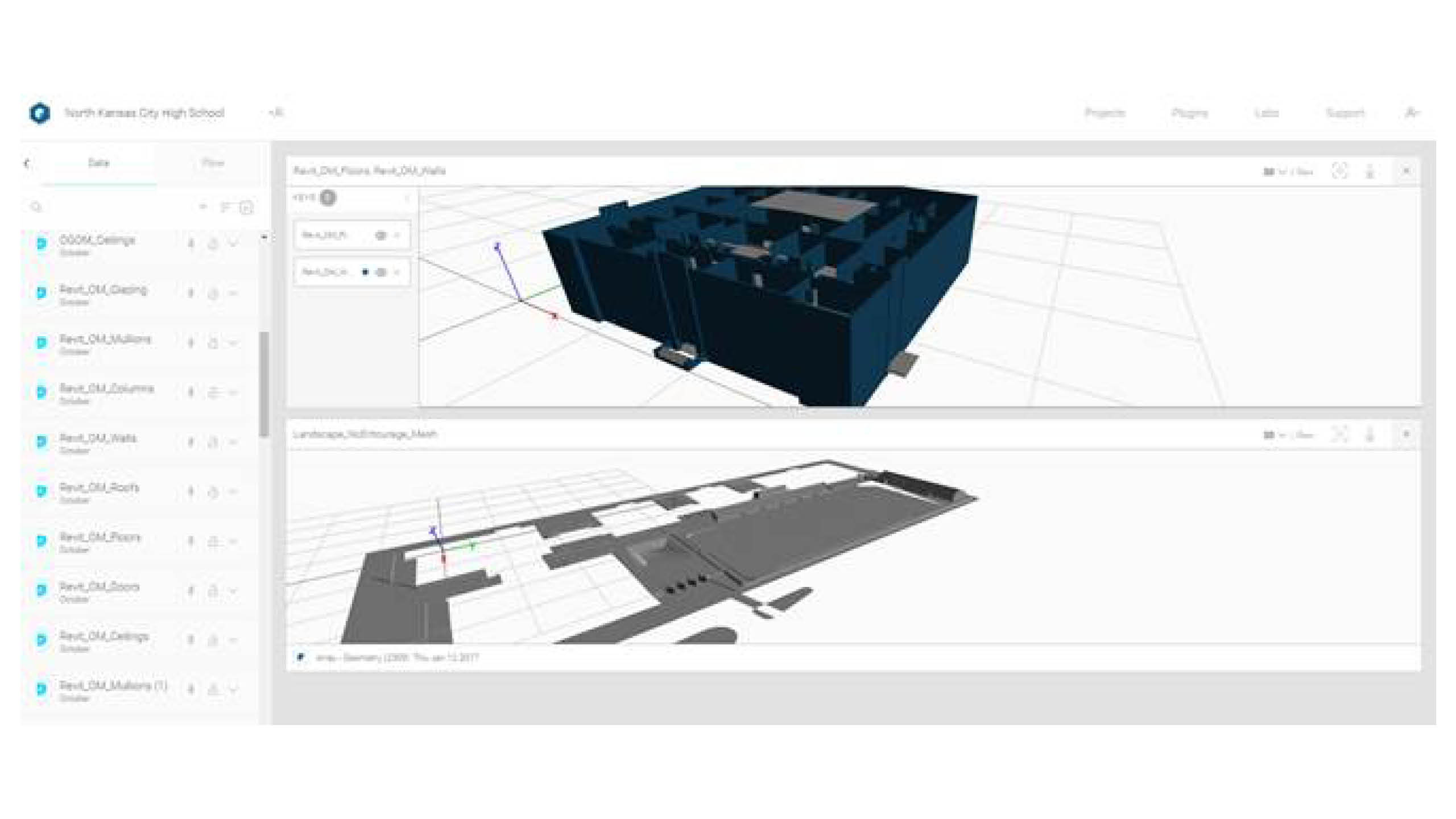
The Agile Age
This post is a follow-up to BIM is dead — long live BIM.
If BIM is necessary for profitability, how do we encourage this rigor on top of the existing pressure of the architectural field? That’s part of my mission at BNIM.
For this, we should look to the software industry, which parallels the issues we face as architects.* Until the mid-90s, many major software companies ran projects as we do, by setting budgets and schedules, signing contracts, and then finding themselves delivering projects years overdue and over-budget. To solve these issues, they adopted a method of project management, communication, and documentation known as Agile, with the method of applying Agile being Scrum. This method teaches us that the process and product are ever-evolving and should be managed with tight-knit, integrated teams that communicate constantly and consistently, and allow for changes and failures.

But this is architecture, not software — right? Ironically, software developers looked to the architectural design process to inform their adaptation to Agile, including the notions of iterating projects, frequent project reviews, and constructive criticisms to project procedures. “We want to spend all our time coding. Remember, real programmers don’t write documentation.“ Switch coding with designing and programmers with architects, and there you go — the classic issue with BIM. To this, Agile and Scrum say: if you don’t have communication of standards and process, then you don’t have a functional team.
So, how do we implement this as a profitable workflow and ensure it isn’t a pipe dream of the perfect process or toolset?
At BNIM, we practice what we call human purposed integrated design (HP.id). The key word when we talk about BIM and Agile is integrated. We follow the same tenets as Agile and communicate the information around a building project with all major teammates as soon as it begins.

There are three major points when we talk about how Agile/Scrum fits architects:
1. Team: An integrated, organized team is a necessity. We’ve recently tested a number of apps used by the software industry to keep teams on task, like Asana, Trello, and LeanKit. It should be noted, though, that BIM doesn’t always mean digital or permanent. Post-Its on a board can be very effective at conveying information.
BNIM is a medium-sized firm and doesn’t have the resources to dedicate a team solely to the innovation of tools. Like you, and 70% of firms in the US, we have to remain billable. So, we rely on our sensibilities as architects and designers to look for opportunities for incremental innovation on teams — I mean everything — and not let them slip by. This doesn’t have to be complex. We know from experience that a simple spreadsheet put together by a PM to track varying project estimations can be very effective in pushing back against an erratic CM-at-risk. This teaches us to drive even Excel forward, because moving in an Agile way is all about the little victories.
2. Communication: We must use communication to move BIM forward, since today’s workflow involves sifting through emails, submittals, and RFIs, all in hopes of keeping up with data flowing from one party to another. One of my favorite new tools is an open source add-in for Revit called SlackIt, a method of tying model communication into a Slack channel via a slackbot that is sent messages when you sync to central. We explored and reworked the code and came out with a way for Revit to look at the state of the model and focus on a few different parts. One of our earliest tests, beyond simply imitating A360 Collaboration for Revit, was tracking pinned and unpinned items with each sync through team notifications. We are now pushing this further, including using Windows native charting techniques to draw out on-demand analysis of our BIM models by element and by the file as a whole (currently focusing on file size trending.) We’ve implemented this with great response on our Lewis Center for the Arts project at Princeton University with Steven Holl Architects. With this being Slack, there is no real limit to who and how we access this data once it starts communicating.

FLUX.IO’S WEB VIEWER SHOWING GEOMETRIES FROM REVIT AND STETCHUP, ALLOWING THEM TO BE INTERCHANGED
Communication boils down to explaining project expectations and responsibilities so that everyone is aware of where things stand and how to respond to changes. A lot of this comes down to leveraging our BIMex plans to clearly lay out who is responsible (and being paid for) which parts of the model deliverable. We can then use the tools mentioned before — Asana, Slack, LeanKit — to address issues as they surface, instead of ignoring them as they get passed down the Gantt chart.
3. Rigor: This word is embodied by Rod Kruse, a Principal in BNIM’s Des Moines office. As a national design figure, he’s twice received the AIA National Architecture Firm Award, along with multiple AIA Honor Awards. This guy is our Gordon Ramsey — a chef at the pass. Rod’s insistence upon rigor is indicative of our practice. Just as we don’t present work that is not thoughtful, we don’t send out bad contracts or bad sets.
BNIM uses the Agile framework to address industry desires to increase profitability and efficiency in ways that are innovative, replicable, and sustainable. In order to meet the needs of the human side of BIM, we are both adapting available tools and making new tools. We strive to automate computable components of the design process — allowing designers more time and compensation for their work — and maneuver BIM to generate more revenue from extended partnerships and efforts, providing its new phase of life.
BIM is dead — long live BIM.
• • •
Posted to Medium.
This is the second of two posts that have been adapted from a talk Brandon gave at the 2016 USC BIM Symposium. It exists with contributions from Dan Siroky and Dan Brown.
*I highly recommend the book, Scrum: The Art of Doing Double the Work in Half the Time, by Jeff Sutherland, which elaborates on the software industry’s many horror stories, including those that plagued NASA and the FBI. You will quickly see the parallels between our industries, with perhaps the most obvious being in reference to Gantt charts. I’ll admit to my short tenure, but I’ve never seen a Gantt chart that expressed reality.


